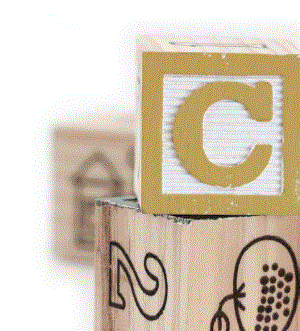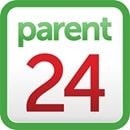
Chickenpox
A highly contagious childhood infection caused by the varicella zoster virus.
Symptoms:
- A mild headache, fever and general malaise are present before a rash begins, usually on the trunk.
- Itchy blisters soon develop which dry up after a few days to form scabs.
- The spots can also appear in the mouth ,making it difficult to eat.
- Sometimes, in severe cases there will be a cough.
Seriousness:
- Treat at home, unless your child has reduced immunity, or if coughing, seizures, drowsiness or rapid breathing occur.
- Keep your child away from pregnant women as this condition is highly contagious.
Treatment:
- Liquid paracetamol helps to reduce fever, while calamine lotion helps to relieve the itch.
- Don’t give your child aspirin.
- You can also bathe your child in warm water containing a handful of bicarbonate of soda or a splash of white vinegar.
- Keep your child’s fingernails short to avoid infection and try to control the scratching.
- Keep your child isolated for the week to ten days it takes to recover, as adults who have not had the disease, and therefore didn’t develop immunity in childhood, are susceptible.
- Chickenpox in adults is far more serious than in children.
Cold sores
Small, red blisters caused by the herpes simplex virus.
Symptoms:
- A tingling sensation around the mouth or on the lips which usually happens four to twelve hours before a blister appears.
- The small blisters are itchy or sore and the surrounding area is inflamed.
- It takes about two weeks to heal.
Seriousness:
- Treat at home or consult your pharmacist for an ointment.
Treatment:
- The pharmacist may recommend an antiviral ointment which reduces the severity and duration of the attack.
- A drop of tea tree oil applied to the blister with an ear bud before it breaks also works well.
- A cold drink, ice lolly or a block of ice held to the blister may relieve any pain.
Colds & flu
Symptoms:
- Colds usually begin with a scratchy feeling in the throat and will be followed by some or all of these: sneezing, runny or blocked nose, a cough and sore throat, watery eyes.
- Flu usually includes a fever, a dry cough, muscular aches, stuffy nose, headache, weakness and tiredness.
Seriousness:
- Treat at home except if your child has a very high fever (above 38°C in young babies and over 38.5°C in older babies), is under 2, refuses to feed, is abnormally drowsy, if the cough lasts longer than five days, or if other symptoms – like earache – occur.
Treatment:
- Keep your child's room warm and use a humidifier if you have one.
- Give her plenty of fluids.
- Liquid paracetamol will help for fever and aches.
Conjuctivitis
An inflammation of the conjunctiva (the covering of the eyeball and inside of the eyelid). Also called pink eye.
Symptoms:
- Whites of the eye and the inside of the eyelids may become red.
- The eye feels irritated or itchy and might water a lot.
- In bacterial conjunctivitis, sticky yellow pus forms in the corner of the eye and is sometimes on the lashes too.
- It might be hard for your child toopen her eyes in the morning.
Seriousness:
- See the doctor to ascertain the cause of the infection.
- It could be allergic, bacterial or viral.
Treatment:
- Remove the pus as often as possible with a piece of cotton wool dipped in cooled boiled water.
- Apply drops if prescribed by the doctor.
- Wash your hands thoroughly and try to keep your child from rubbing her eyes, and encourage her to wash her hands regularly to avoid spreading the infection.
Coughing
Symptoms:
- Coughing can come with a variety of other symptoms including fever, noisy or rapid breathing, sore throat, a whoop at the end of a coughing fit, a stuffy or runny nose and sometimes vomiting.
Seriousness:
- It may be serious if it is accompanied by a fever or by breathing difficulties, in which case you need to take your child to a doctor.
- Your child may have pertussis or asthma, both of which need diagnosis and treatment.
Treatment:
- To help relieve a cough, moisten the air with a humidifier or hang a wet towel over a chair in front of a heater in your child’s room, but don’t overheat the room.
- Give soothing warm liquid and plenty of water.
Constipation
This occurs when bowel movements become infrequent or difficult.
Symptoms:
- Difficulty passing stools.
- Abdominal pain.
- Blood in the faeces.
- Hard faeces.
- The number of toilet visits varies from child to child.
- Some may go as often as four times a day; others once every four days.
- Don’t worry unless the frequency changes or the stools are different.
Seriousness:
- Treat at home.
- Blood in the faeces may indicate anal fissures, in which case you should take her to the doctor.
Treatment:
- Give your child lots of water to drink to help loosen the stool, but avoid milk.
- Don’t use laxatives unless they are prescribed by your doctor (glycerine suppositories bring instant relief).
- Make sure your child’s diet has lots of fibre in it, which is found in fruit, vegetables and wholegrain cereals and breads.




 Publications
Publications
 Partners
Partners














